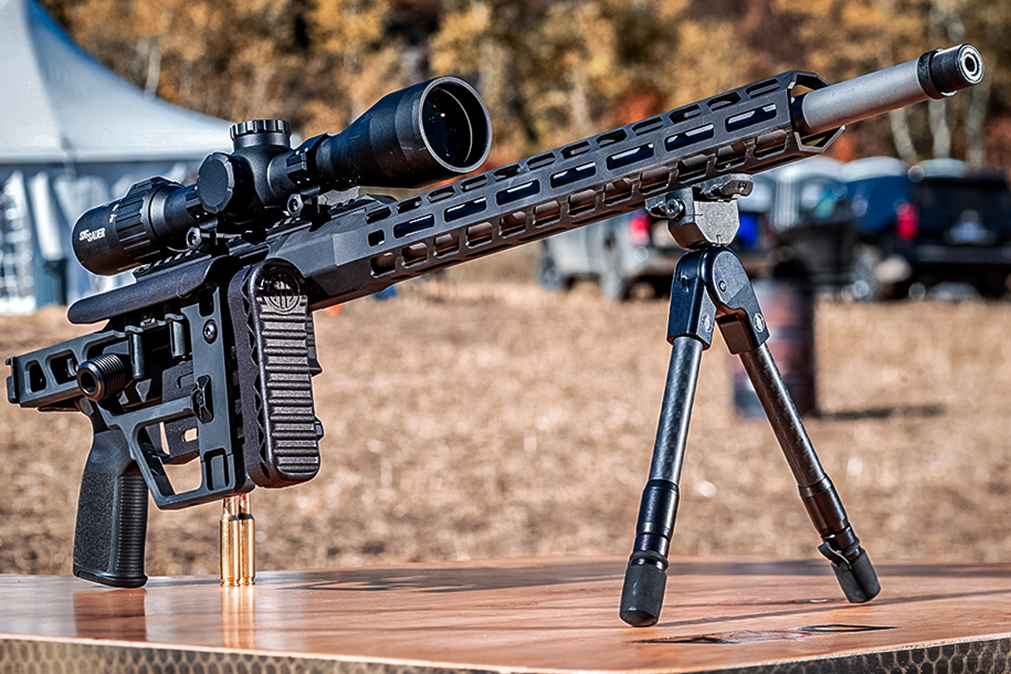Whether you are a novice or an experienced shooter, understanding the basics of gun safety, proper handling, and maintenance are crucial. Knowing how to maintain a firearm will prolong its life and ensure it functions when needed, while following essential safety practices can prevent accidents.
Understanding the Basics of Gun Safety
Gun safety is paramount when owning a firearm. Familiarizing oneself with safety measures is the first step to responsible gun ownership.
Importance of Gun Safety
Gun safety aims to prevent accidental discharge, injuries, and fatalities. According to the Centers for Disease Control and Prevention (CDC), approximately 500 deaths occur annually due to unintentional firearm injuries. This statistic underscores the need for rigorous adherence to safety protocols.
Common Safety Protocols
There are several common safety protocols that every gun owner should follow:
- Always treat every firearm as if it’s loaded.
- Never point a gun at anything you do not intend to shoot.
- Keep your finger off the trigger until you’re ready to shoot.
- Be aware of your target and what’s beyond it.
Essential Safety Equipment
Using the right safety equipment can significantly reduce the risk of accidents. Ensuring your firearm is secured when not in use is a vital part of responsible gun ownership.
Safety Locks and Mechanisms
Safety locks are designed to prevent unauthorized access and use of firearms. Devices such as trigger locks, cable locks, and safety lock boxes are effective in securing guns. The National Shooting Sports Foundation (NSSF) recommends employing multiple layers of security for better protection.
Secure Storage Solutions
Proper gun storage solutions are essential in preventing unauthorized access and potential accidents. Options include gun safes, lockboxes, and gun cabinets. Products from brands like Resilient Arms offer robust storage solutions tailored to various firearms.
Proper Gun Handling Techniques
Being aware of how to handle your firearm safely can mitigate the risks associated with its use. Training and practice are critical components of responsible gun handling.
Responsible Usage Practices
Responsible gun usage practices include:
- Regularly practicing at shooting ranges.
- Keeping firearms unloaded when not in use.
- Using appropriate safety gear, like ear and eye protection, during practice.
Emergency Handling Procedures
Understanding emergency handling procedures is critical. In case of a misfire or malfunction, follow these steps:
- Keep the firearm pointed in a safe direction.
- Wait at least 30 seconds before ejecting the cartridge to avoid potential injury.
- Seek professional help if you’re unsure how to safely clear a malfunction.
Comprehensive Firearm Training
Investing in firearm training is one of the best decisions a gun owner can make. Proper training enhances safety and proficiency.
Benefits of Safety Courses
Safety courses offer hands-on experience and teach the essentials of safe firearm handling. These courses cover various topics, including proper shooting techniques, gun laws, and emergency procedures.
Finding Certified Training Programs
Look for certified training programs conducted by recognized entities. The NRA and local law enforcement agencies often offer courses. Verify that the instructors are certified and have substantial experience.
Regular Maintenance Routines
To ensure your firearm remains in optimal condition, establish a regular maintenance routine. Consistent care will prolong the firearm’s life and maintain its reliability.
Establishing a Maintenance Schedule
Set a maintenance schedule based on your firearm’s usage. For regular shooters, cleaning after each use is advisable. If used infrequently, schedule cleanings every few months.
Benefits of Regular Inspections
Regular inspections help identify potential issues before they become severe. Check for signs of wear, excess dirt, or damage. Addressing minor issues early can prevent costly repairs.
Cleaning Your Firearm
Proper cleaning of your firearm is essential for maintaining its functionality and safety. Utilize the right tools and techniques to ensure thorough maintenance.
Necessary Cleaning Kits and Products
Invest in a good-quality cleaning kit, which typically includes brushes, rods, patches, and cleaning solvents. Products available from reputable brands like Resilient Arms are recommended for high-quality maintenance supplies.
Step-by-Step Cleaning Guide
- Ensure the firearm is unloaded before cleaning.
- Disassemble the firearm according to the manufacturer’s instructions.
- Use a cleaning solvent to remove dirt and residue.
- Scrub the bore with a brush, followed by patches until clean.
- Lubricate parts as recommended by the manufacturer.
- Reassemble and perform a function check.
Safe Ammunition Practices
Handling and storing ammunition safely is as crucial as maintaining the firearm itself. Improper storage can lead to dangerous situations.
Storing Ammunition Securely
Store ammunition in a cool, dry place away from heat sources or open flames. Use lockable ammunition boxes to prevent unauthorized access.
Handling Ammunition Safely
Always handle ammunition with clean, dry hands. Refrain from using old or damaged cartridges, as they can malfunction and cause injuries.
Adhering to Gun Laws and Regulations
Knowing and following the laws and regulations governing firearm ownership and use is essential for all gun owners.
Federal and State Regulations
Federal and state regulations dictate the legal requirements for owning, carrying, and using firearms. It’s crucial to stay informed about these laws to avoid any legal issues.
Ensuring Compliance and Avoiding Penalties
Ensure you comply with all applicable regulations by:
- Completing background checks as required.
- Understanding local carry laws.
- Registering your firearms if required by law.

